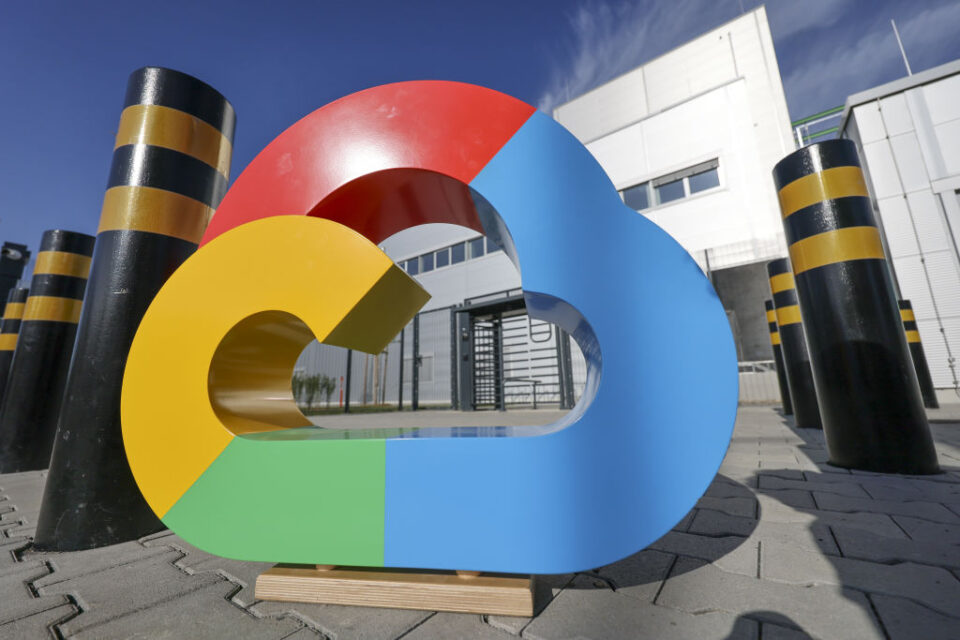Sometimes the smallest of news items can point to bigger trends lurking beneath the surface. Case in point: Google announced late last month that it has installed 100 million lithium-ion cells across its data centers to provide backup power to its servers.
On its own, it’s not earth-shattering news. But it shines a light on a trend that’s rippling through the world. Batteries are everywhere, and thanks to the relentless push to slash costs for electric vehicles, they’re driving change in myriad parts of the economy.
Years ago, in Google’s data centers, server racks were anchored with lead-acid battery backup units. The old clunkers were reliable, but they were also bulky, heavy, and not all that powerful.
But as Google has replaced them with lithium-ion cells, the benefits have been multiplying. Google says the cells it’s using hold twice the power and take up half as much space as its old lead-acid batteries. As a result, the company was able to cut the number of cells required by three-quarters.
In that space, Google can cram more servers, the things that make them money, unlike batteries, which are more like a physical form of insurance. You should have them in case of emergency, but you should only buy what you absolutely need. Given that it costs at least $125 to develop one square foot of a new data center, according to developer JLL, every inch counts.
The battery-as-disruptor trend has been playing out elsewhere, too.
In homes, people have been installing large, multi-kilowatt batteries to store excess solar and keep the lights on when the power goes out. At campsites, they’re using portable battery packs to replace noisy, noxious generators. One startup is even using small cells to displace dry ice from medical specimens shipments, offering finer temperature control and a host of tracking data to boot.
Should we be impressed by Google’s installation of 100 million lithium-ion cells since 2015? That depends on the context: Panasonic has shipped over 10 billion cells from its Nevada plant since it opened in 2015.
However unfavorable that ratio may seem, it undersells the cascading impact that batteries are having. Even Google’s modest figures show how batteries can bring subtle disruption to less expected corners of the world.
Tim De Chant is a senior climate reporter at TechCrunch. He has written for a wide range of publications, including Wired magazine, the Chicago Tribune, Ars Technica, The Wire China, and NOVA Next, where he was founding editor. De Chant is also a lecturer in MIT’s Graduate Program in Science Writing, and he was awarded a Knight Science Journalism Fellowship at MIT in 2018, during which time he studied climate technologies and explored new business models for journalism. He received his PhD in environmental science, policy, and management from the University of California, Berkeley, and his BA degree in environmental studies, English, and biology from St. Olaf College.
